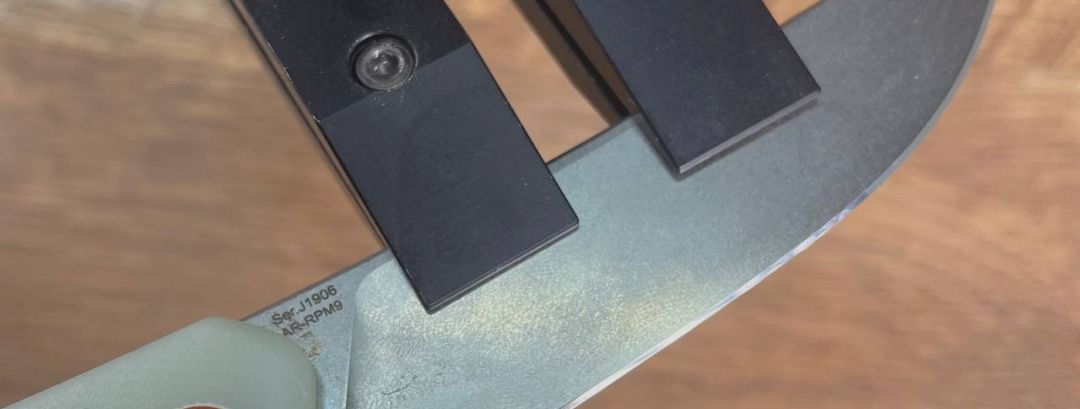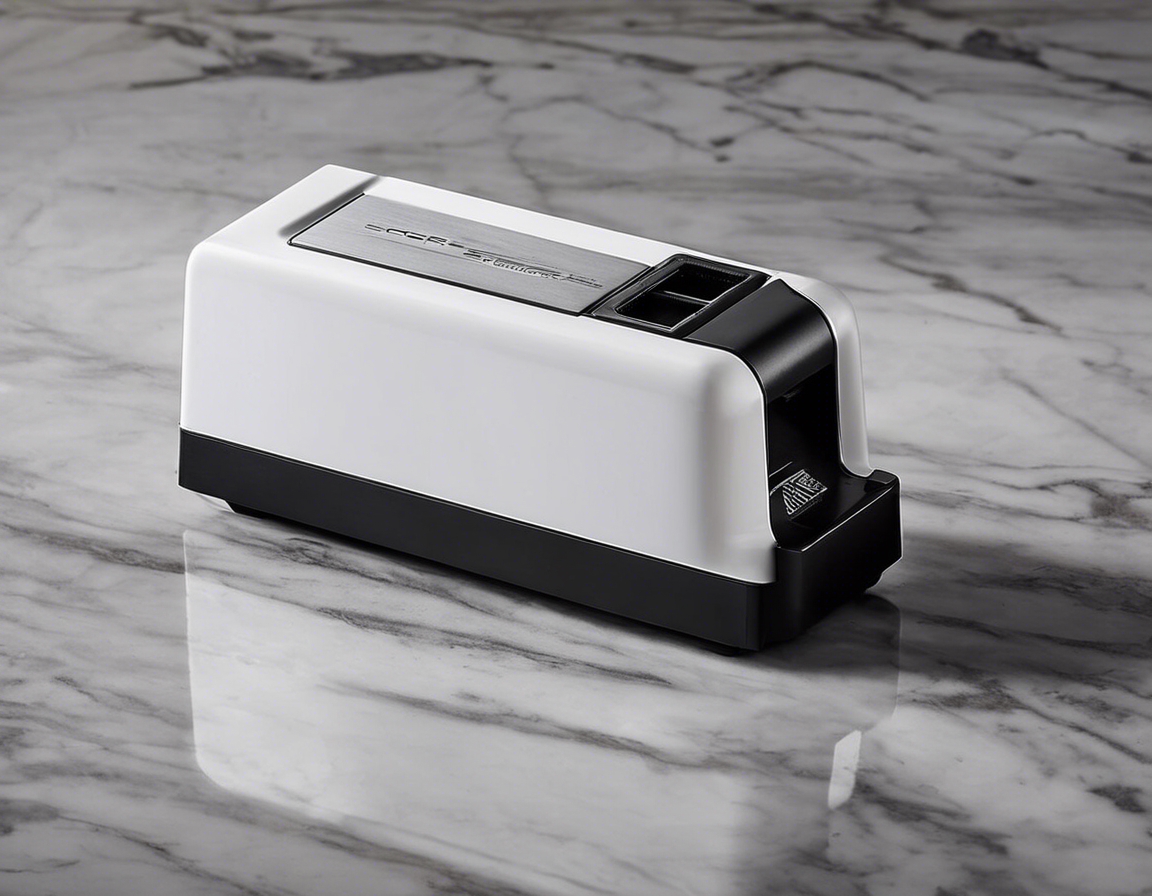Sharpening 101: a beginner's guide
Whether you're a culinary professional, an outdoor enthusiast, or a home cook, the sharpness of your knife is paramount to the precision and ease of your cuts. A sharp knife is safer, as it requires less force and is less likely to slip off the food and cause injury.
Knife sharpening is the process of removing material from the blade to create a new, sharp edge. It's an essential skill that extends the life of your knives and ensures peak performance.
Types of Sharpening Tools
Whetstones, or sharpening stones, are one of the most traditional methods for sharpening knives. They come in various grits, with lower numbers indicating coarser stones for repairing damaged edges and higher numbers for refining and polishing the edge.
Honing rods, often mistaken for sharpeners, are used to realign the edge of the knife, maintaining its sharpness between more intensive sharpening sessions.
Electric sharpeners offer a quick and easy way to sharpen knives, with slots that guide the blade to the correct angle. They are particularly useful for those who value convenience.
Sharpening systems, like those offered by TSPROF EU OÜ, provide a controlled and precise way to sharpen knives, often featuring adjustable angles and a variety of abrasives to achieve a professional edge.
Choosing the Right Sharpening Tool
Consider the types of knives you own, the frequency of use, and your skill level when selecting a sharpening tool. Each tool has its advantages and is suited to different situations.
Compare the features, ease of use, and results of various sharpening tools. A sharpening system may be the best investment for those seeking the utmost precision and control.
The Sharpening Process
Before sharpening, ensure your tools are clean and ready for use. For whetstones, this may involve soaking or lubricating the stone according to the manufacturer's instructions.
Mastering the correct angle and using consistent strokes are key to effective sharpening. The angle will vary depending on the knife, but a general guideline is between 15 to 20 degrees.
Regular maintenance, including honing and light sharpening, will keep your knives in top condition and reduce the need for more aggressive sharpening.
Common Sharpening Mistakes to Avoid
Excessive pressure can damage the knife and the sharpening tool. Use a gentle, consistent pressure for the best results.
Maintaining a consistent angle is crucial for a sharp and durable edge. Inconsistent angles can lead to an uneven edge and a less effective knife.
Honing is an important step in maintaining a knife's edge and should not be overlooked. It realigns the edge without removing significant material.
Advanced Tips for Sharpening Precision
Different knives have different blade geometries, which can affect how they should be sharpened. Understanding this can help you achieve a better edge.
Feeling for a burr along the edge of the knife is a sign that you have sharpened one side sufficiently and are ready to move on to the other side.
Stropping polishes the edge of the knife after sharpening, removing any remaining burr and creating an even sharper blade.





Comments (0)